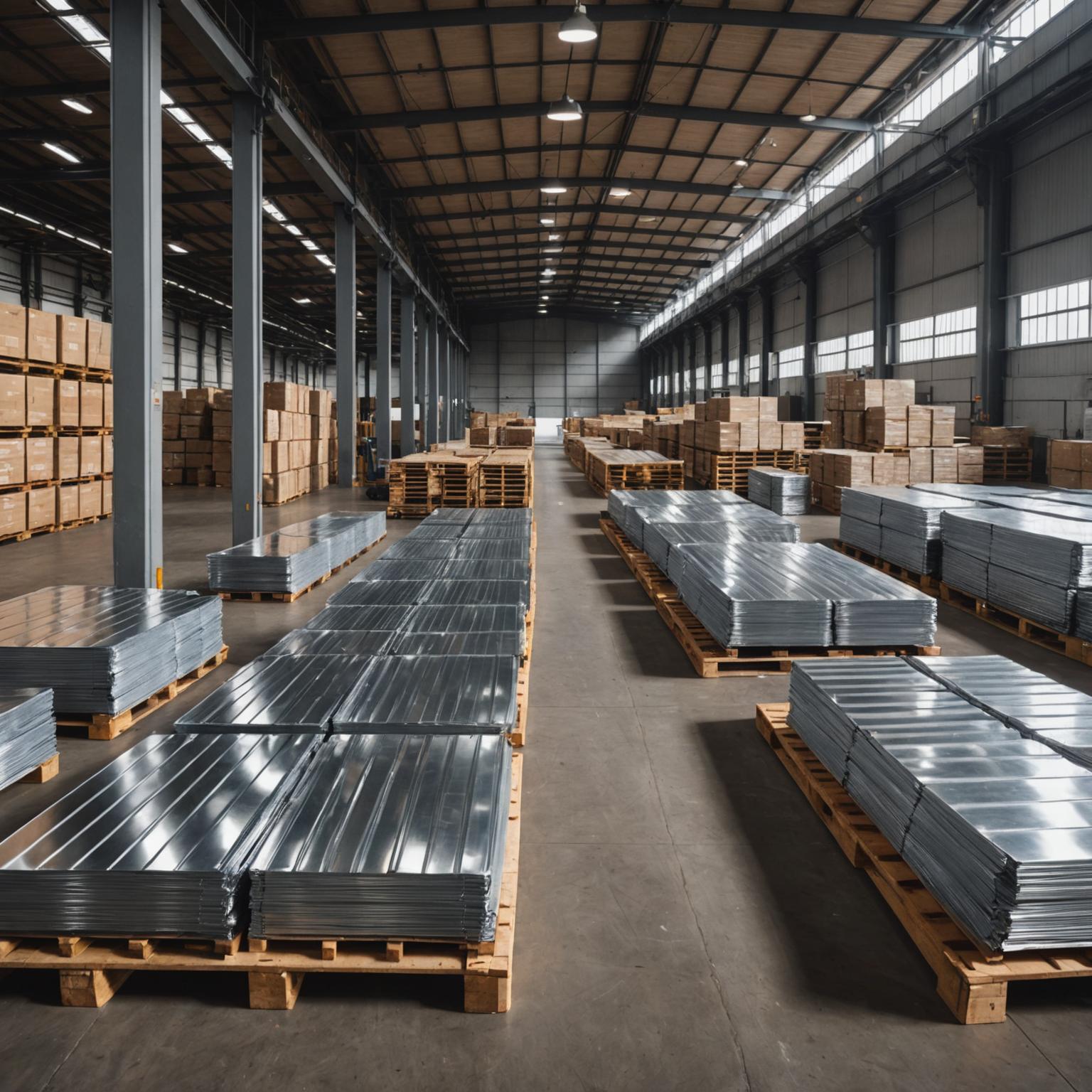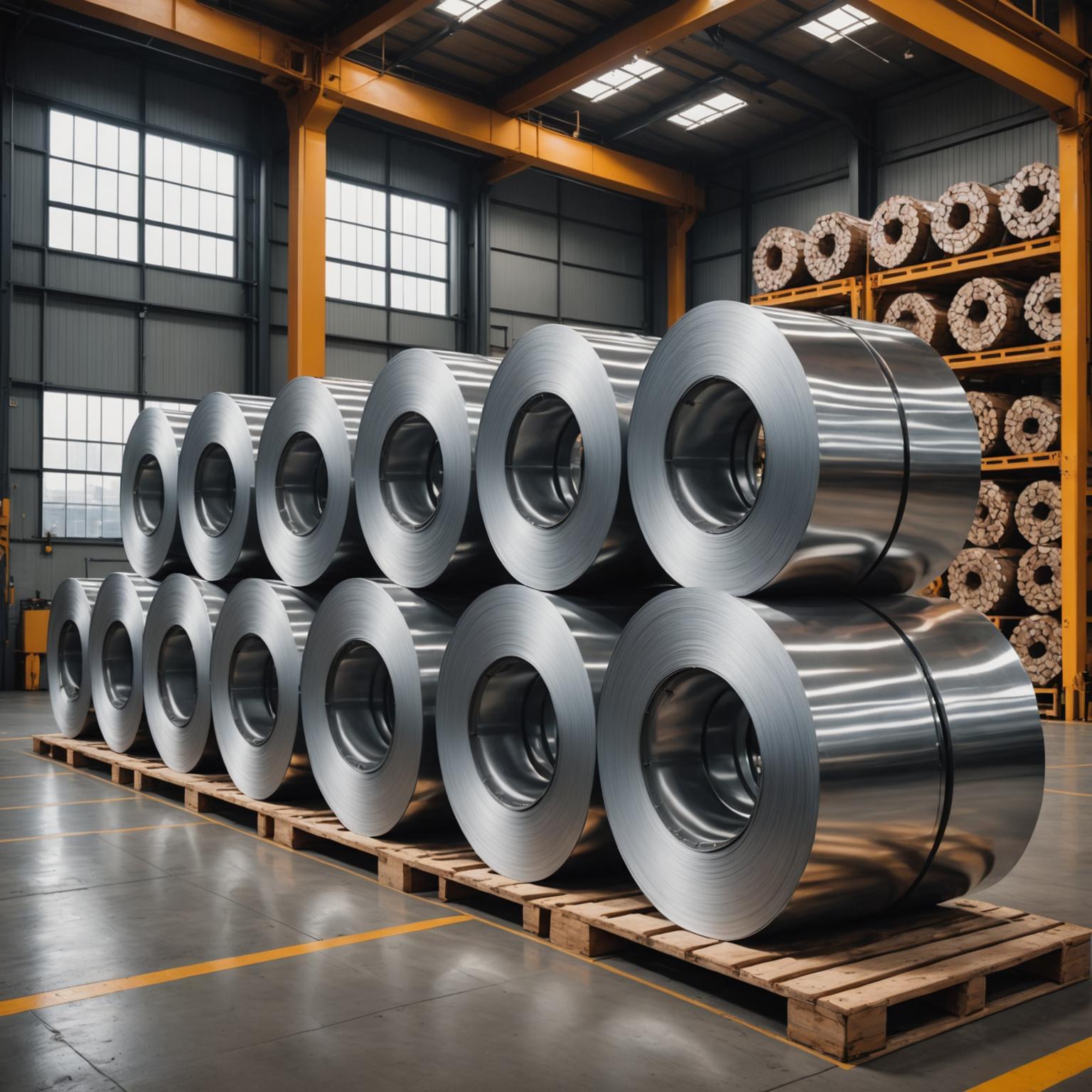Understanding the Importance of Stainless Steel Sheet
Stainless steel sheets are an integral part of modern construction and manufacturing due to their durability and resistance to corrosion. Unlike traditional materials, stainless steel provides a resilience and flexibility that make it suitable for a variety of applications - from domestic appliances to industrial hardware. The robust nature of this material is complemented by its aesthetic appeal, given its smooth, shiny finish that remains unaffected by weathering or corrosion over time.
Exploring the Surface Polishing Process
The surface polishing process significantly enhances the performance and visual appeal of stainless steel sheets. Through this process, sheets are subjected to meticulous refinement, resulting in an immaculate, mirror-like finish that not only improves aesthetics but also adds a layer of protection. Polishing helps in minimizing contaminant adhesion, making the steel easier to clean – an essential feature in sectors where hygiene is paramount, such as food processing and medical equipment manufacturing.
How to Choose the Right Stainless Steel Sheet for Your Project
Selecting the correct stainless steel sheet for your project involves considering several factors, including the environment it will be used in and the specific requirements of your application. If your project demands high corrosion resistance, austenitic stainless steel grades are often recommended due to their superior ability to withstand extreme conditions. On the other hand, if the strength is the priority, martensitic or duplex stainless steels might be more appropriate.
Utilizing Stainless Steel Sheets in Industrial and Structural Applications
Stainless steel sheets find a myriad of uses in various industries. In construction, their use ranges from roofing and structural supports to interior fixtures and cladding surfaces. The automotive industry benefits from their strength-to-weight ratio, given how such sheets contribute to both performance and fuel efficiency. In the realm of design and architecture, these sheets offer versatility that allows for creative solutions – blending functionality with visual elegance.
Stainless Steel vs. Aluminum: Understanding the Differences
While both stainless steel and aluminum sheets are widely used, they cater to different operational needs. Stainless steel is typically denser and heavier, providing superior resistance to damage and heat, making it ideal for enduring environments. Conversely, aluminum offers lightweight benefits that are advantageous where mobility and transportability are crucial, such as in aeronautics and automotive manufacturing. Both materials offer corrosion resistance, but the choice between the two ultimately depends on the specific demands of your project.
Conclusion: Investing in Quality Material
Incorporating stainless steel sheets in your operations promises increased longevity of products coupled with reduced maintenance effort. Their adaptability across diverse applications reflects their engineering potential and efficiency. Whether in industries demanding stringent performance standards or creative domains requiring aesthetic precision, stainless steel sheets remain a superior choice. It is this versatility and durability that continue to position them as an invaluable resource in the toolkit of any engineer, architect, or designer committed to quality and innovation. Embracing such materials enables one to meet the challenges of contemporary industrial demands while assuring promise for future developments.








